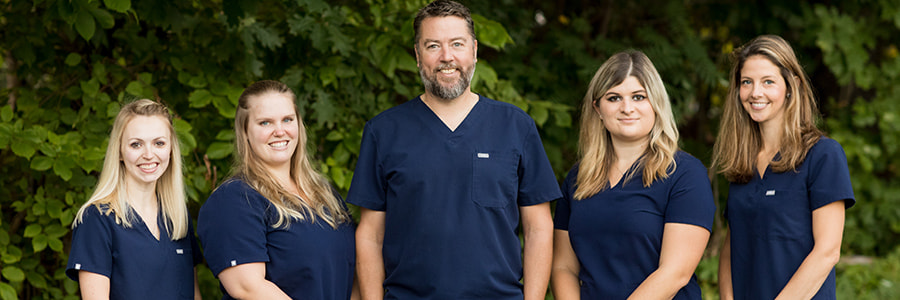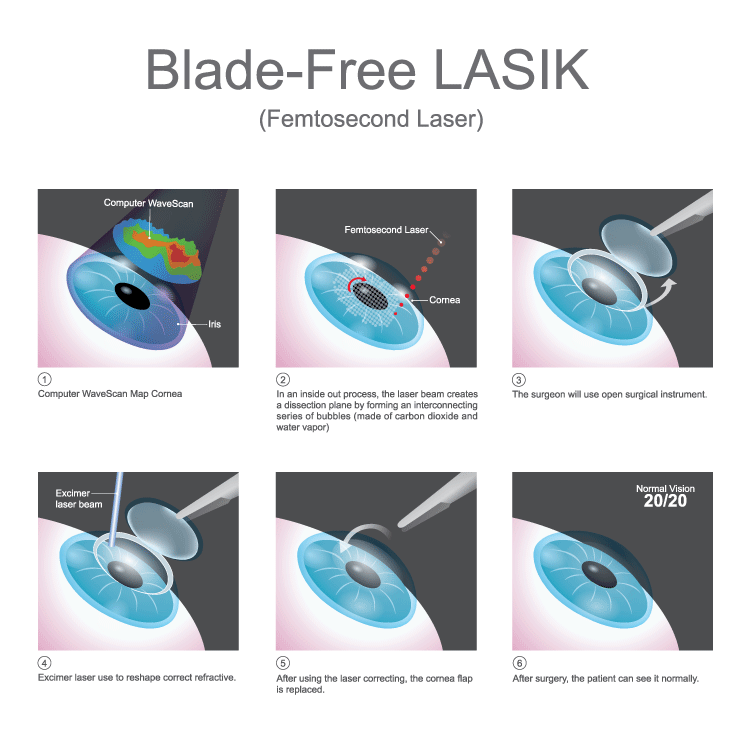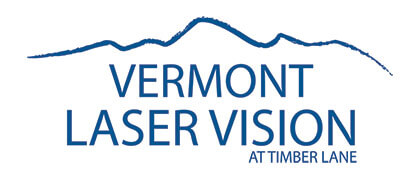
Vermont Laser Vision at Timber Lane strives to provide the best possible LASIK experience by offering state-of-the-art technology and Vermont’s most highly fellowship trained laser vision correction surgeon, Dr. Gregory McCormick.
Vermont Laser Vision offers you the choice of the most advanced technology in laser vision correction, CustomVue VISX, allowing customization to your unique eye.
For years, eye doctors from Vermont, New Hampshire and New York have referred complex cases to Dr. McCormick taking advantage of his unique experience in our region. Whether your circumstances are unusual or common, Vermont Laser Vision at Timber Lane offers state of the art vision correction services to help you achieve your personal best vision.
YES, YOU CAN AFFORD LASIK SURGERY!
At Vermont Laser Vision we understand that you want the best and you are smart with your finances. Now more than ever, you can afford life with the benefits of laser vision correction. Whether you want to be glasses or contact lenses free for skiing, hiking, driving or just want to be able to read the time on your alarm clock when you wake up in the morning, we are committed to helping you understand your options and to working with you to make laser vision correction affordable for you.
Refractive Error
The ability to see is based upon the way our eyes bend, or refract, light. Light rays enter the eye through the cornea and then pass through the lens to be projected onto the retina (the light sensitive layer in the back of the eye). The light rays that are projected onto the retina create an image which is sent to the brain via the optic nerve, allowing us to see. In an eye with perfect optics, the focus is precise and the image projected onto the retina is sharp. However, if there are imperfections in the eye the light rays are bent in a way that results in a blurred image being projected onto the retina. Refractive errors are a result of these optical imperfections that prevent the eye from properly focusing light, causing blurred vision. Common refractive errors are nearsightedness (myopia), farsightedness (hyperopia) and astigmatism (distorted vision). Laser vision correction is often utilized to correct all three types of refractive errors.
All Laser LASIK
Dr. McCormick and the Vermont Laser Vision team are pleased to offer one of the major LASIK technology breakthroughs, the Femtosecond Laser, a blade-free approach to laser vision correction. The first company to market this product was Intralase Corp. Ziemer Ophthalmic Systems received FDA clearance in 2007 for its Da Vinci Femtosecond Laser, an advanced method of All Laser LASIK. The Da Vinci Femtosecond laser uses more precisely focused laser pulses at thousands of times less energy per pulse than Intralase.

Facts about Femtosecond Laser LASIK
- The safety profile of femtosecond lasers has been demonstrated in over 1 million cases.
- The U.S. Army, Navy, Air Force, and Marine Corps have all approved, and strongly recommend femtosecond lasers for use on their personnel.
- The NASA space agency has also approved femtosecond lasers for astronauts
- Femtosecond lasers have a track record of enhanced safety.
- Z-LASIK is a LASIK procedure performed with the Ziemer FEMTO LDV femtosecond Surgical Laser in conjunction with any one of the leading excimer lasers. After the femtosecond laser creates the corneal flap, the excimer laser is used to correct vision. At Vermont
- Laser Vision, the excimer laser treatments are performed with the VISX Star S4 laser with Iris Registration.
What is the difference between LASIK and LASEK
LASIK (laser assisted in-situ keratomileusis) and LASEK (laser epithelial keratomileusis) are procedures performed by using a computerized Excimer laser to reshape the cornea to treat astigmatism, nearsightedness or farsightedness. Excimer lasers use pulses of light to remove a microscopic layer of the corneal “stroma” according to the prescribed treatment. The laser creates little or no heat, so it causes no harm to the surrounding tissue. Actual laser time depends on the strength of prescription, but on average lasts between 30-90 seconds. The same exact laser treatment is done in the corneal stroma whether Dr. McCormick uses the LASIK or the LASEK surgical technique.
The difference in the procedures is that in the case of LASIK, an automated surgical device is used to create a thin flap in the corneal stroma. The corneal flap is then laid back, the laser treatment is applied within the stroma, then the flap is returned to its original position where it heals in place. By contrast, with the LASEK procedure, the laser treatment is applied to the surface of the corneal stroma so there is no need to create a LASIK flap. For patients with thinner corneas, higher prescriptions, or corneas that are significantly steeper or flatter than average it may be safer to have LASEK or All Laser LASIK. Since traumatic injury to the eye could disrupt a LASIK flap, patients who have an increased risk for injury (such as boxing) may be better suited for LASEK. LASEK or All Laser LASIK eye surgery is also better for people with dry eye syndrome because the transient dry eye that occurs in all patients after laser vision correction is less prolonged.
After LASIK and LASEK laser eye surgery, expectations for final results are similar as long term visual outcomes are equivalent. However, the visual recovery after LASIK is much faster with most patients able to drive and go back to work the day after surgery. By contrast, after LASEK, patients wear a special contact lens that acts as a bandage for approximately four days after surgery. Patients also may experience discomfort in their eyes during the first two to three days after LASEK and generally do not feel comfortable returning to work for approximately five days. For this reason, the majority of laser vision correction procedures at Vermont Laser Vision, as well as worldwide, are LASIK. However, if LASEK seems to be a safer choice in your case, Dr. McCormick will explain the reasons why. If you are a candidate for LASIK but are more comfortable with a procedure that does not require creating a corneal flap, you may want to consider LASEK.
Steps to the procedure:
Step 1
In LASIK surgery the first part of the procedure involves creation of a corneal flap (Step 1.) In LASEK laser eye surgery, the epithelium, or surface cells of the cornea, is removed with a 20% alcohol solution to expose the surface of the corneal stroma where the treatment is applied. If appropriate, Dr. McCormick may use a special device called an “epi-K” to remove the surface cells (this procedure is often referred to as epi-LASIK but from the perspective of the patient has equivalent outcome and recovery time as LASEK.) If you are not going to have a LASIK flap created, Dr. McCormick will advise which technique is recommended for you to remove the epithelial cells and prepare the surface of the corneal stroma for treatment.
Step 2
The Excimer laser already programmed to correct the degree of refraction, evaporates microscopic layers of tissue. This part of the procedure typically takes between 30-90 seconds per eye depending on the amount of treatment.
Step 3
In the case of LASIK, the flap is put back into its original place, and the eyes natural healing process begins immediately. No stitches are needed. In the case of LASEK (or epi-LASIK) there is no flap so the surface of the eye is covered with a bandage contact lens for comfort and to facilitate healing.


